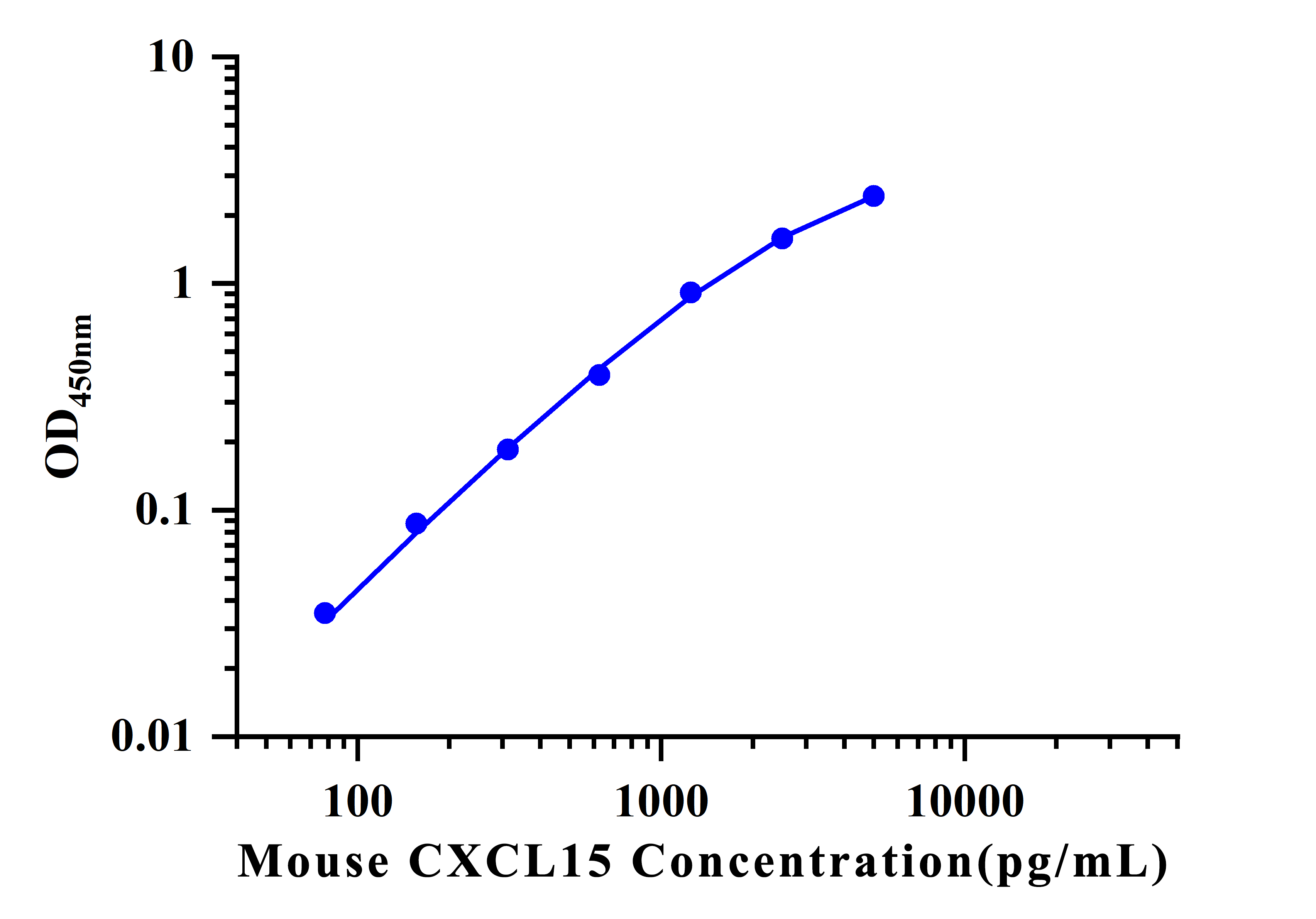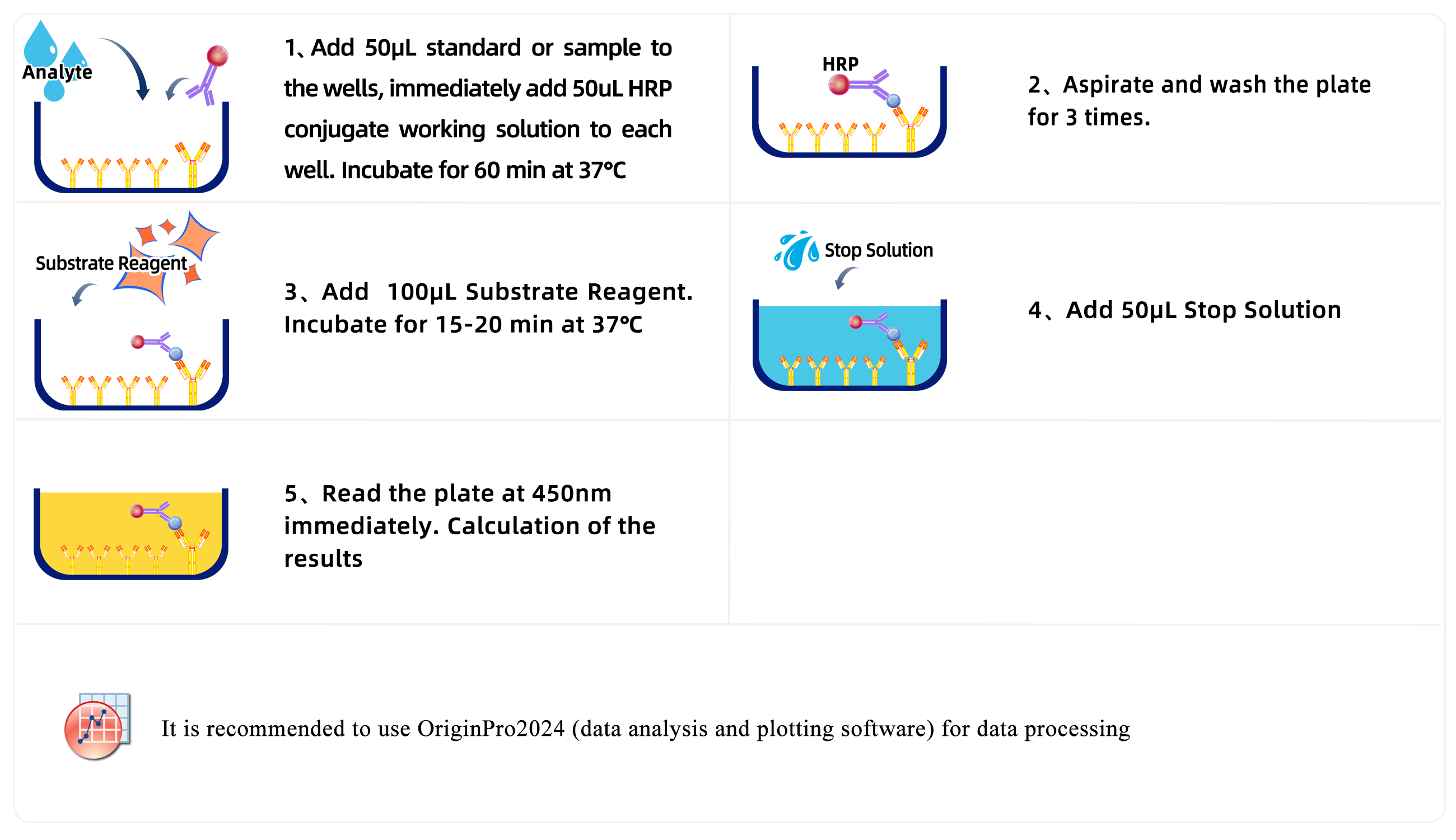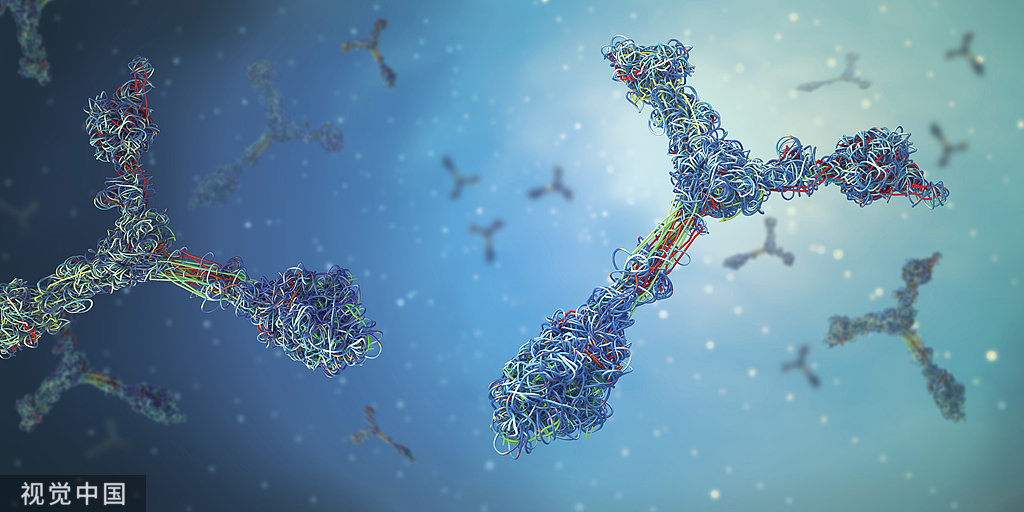EasyPro Mouse CXCL15(Chemokine C-X-C-Motif Ligand 15) ELISA Kit
Copy Product Information
Product No
FY-EM3380SSample Type
Serum, Plasma, Tissue homogenate and Other biological samples;Sample Volume=50uLAssay Time
1.5HPurchase details
 Contact supplier to negotiate price details
Contact supplier to negotiate price details
 100% Quality Assurance
100% Quality Assurance
 Fast Shipping
Fast Shipping

Product Details
Product Name in English:
EasyPro Mouse CXCL15(Chemokine C-X-C-Motif Ligand 15) ELISA Kit
Species:
Mouse
Alternative Name:
C-X-C motif chemokine 15,Chemokine (C-X-C motif) ligand 15,Cxcl15,CXL15,Il8,Lungkine,Scyb15,Small inducible cytokine B15,Small inducible cytokine subfamily B member 15,Small-inducible cytokine B15,weche
Uniport ID:
Q9WVL7
Assay Type:
Sandwich
Standard:
5000pg/mL
Sensitivity:
46.88 pg/mL
Detection Range:
78.13-5000pg/mL
Assay Time:
1.5H
Sample Type:
Serum, Plasma, Tissue homogenate and Other biological samples;Sample Volume=50uL
Research:
Signal transduction;Metabolic pathway;Tumor immunity;Infection immunity;Developmental science;
Test Principle:
This ELISA kit uses the Sandwich-ELISA principle. The micro ELISA plate provided in this kit has been pre-coated with an antibody specific to CXCL15. Samples (or Standards) and and Horseradish Peroxidase (HRP) linked antibody specific for CXCL15 are added to the micro ELISA plate wells. CXCL15 in samples (or standards) combines with the coated antibody and HRP linked detection antibody special to CXCL15. Excess conjugate and unbound sample or standard are washed from the plate. The enzyme-substrate reaction is terminated by the addition of stop solution and the color turns yellow. The optical density (OD) is measured spectrophotometrically at a wavelength of 450 nm. The OD value is proportional to the concentration of CXCL15. You can calculate the concentration of CXCL15 in the samples by comparing the OD of the samples to the standard curve.
Technical Data
As the OD values of the standard curve may vary according to the conditions of the actual assay performance (e.g. operator, pipetting technique, washing technique or temperature effects), the operator should establish a standard curve for each test. Typical standard curve and data is provided below for reference only.

| Concentration | OD1 | OD2 | Average OD | Corrected |
|---|---|---|---|---|
| 5000 | 2.479 | 2.506 | 2.493 | 2.449 |
| 2500 | 1.623 | 1.634 | 1.629 | 1.585 |
| 1250 | 0.957 | 0.958 | 0.958 | 0.914 |
| 625 | 0.438 | 0.447 | 0.443 | 0.399 |
| 312.5 | 0.229 | 0.231 | 0.23 | 0.186 |
| 156.25 | 0.131 | 0.133 | 0.132 | 0.088 |
| 78.13 | 0.079 | 0.08 | 0.08 | 0.036 |
| 0 | 0.044 | 0.044 | 0.044 | 0 |
Linear
Samples were spiked with high concentrations of target proteins and diluted with Reference Standard & Sample Diluent to produce samples with values within the range of the assay.
| Serum (n=5) | EDTA plasma (n=5) | Cell culture media (n=5) | ||
|---|---|---|---|---|
| 1:2 | Range (%) | 92-104 | 85-92 | 80-96 |
| Average (%) | 92 | 87 | 92 | |
| 1:4 | Range (%) | 87-96 | 82-96 | 89-102 |
| Average (%) | 91 | 94 | 97 | |
| 1:8 | Range (%) | 89-101 | 87-103 | 85-97 |
| Average (%) | 94 | 91 | 94 | |
| 1:16 | Range (%) | 82-90 | 95-102 | 80-97 |
| Average (%) | 83 | 98 | 85 |
Precision
Intra-assay Precision (Precision within an assay): 3 samples with low, mid range and high level were tested 20 times on one plate, respectively. Inter-assay Precision (Precision between assays): 3 samples with low, mid range and high level were tested on 3 different plates, 20 replicates in each plate, respectively.
| Item | Intra-assay Precision | Intra-assay Precision |
|---|---|---|
| Sample | 3 | 3 |
| Replicate | 9 | 18 |
| CV(%) | 5 | 8 |
Rate of recovery
The recovery of spiked at three different levels in samples throughout the range of the assay was evaluated in various matrices.
| Sample Type | Range(%) | Average Recovery(%) |
|---|---|---|
| Serum (n=8) | 87-93 | 90 |
| EDTA plasma (n=8) | 80-90 | 85 |
| Cell culture media (n=8) | 84-106 | 100 |
Assay Procedures

Related literature





 Manual(EN)
Manual(EN) 